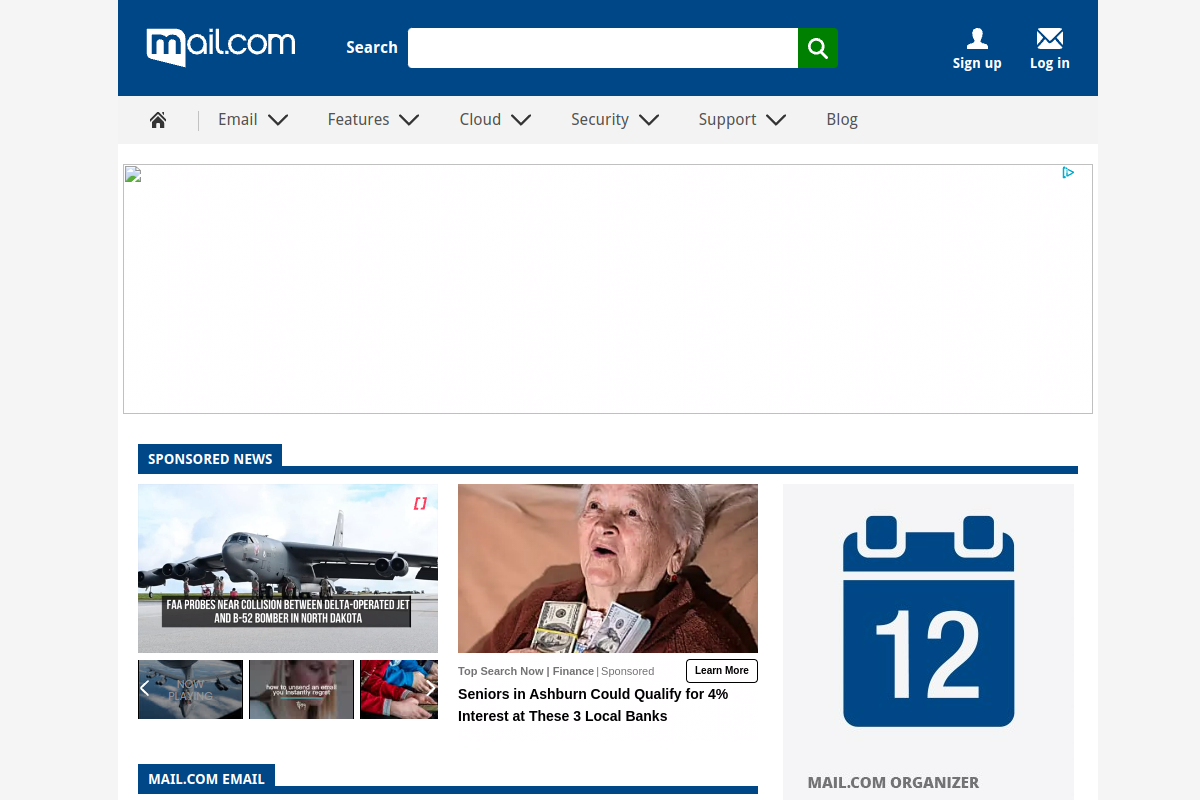I’ll provide a general outline on how to approach assessing whether a website, particularly one associated with "client.@mail.com," is a scam or not, and guide you through tracing lost money and writing a review. Please note that without a specific website or more detailed information, I can only offer general advice.
Assessing if a Website is a Scam
-
Check the Domain and Contact Information:
- Domain Age: New websites can be suspicious, especially if they’re pushing for investments or payments quickly.
- Contact Information: Legitimate websites have clear, professional contact information, including a physical address, phone number, and email.
-
Look for Reviews and Ratings:
- Search for reviews on independent review sites. Keep in mind that fake reviews can be posted, so look for detailed, varied feedback.
-
Security Certificates and HTTPS:
- Look for "https" in the URL and a lock icon in the address bar, indicating a secure connection. Lack of security certificates can be a red flag.
-
Clear Terms and Conditions:
- Legitimate websites have clear, understandable terms and conditions, as well as privacy policies.
- Too Good to Be True:
- Be wary of promises that seem too good to be true, such as unusually high returns on investments with "guaranteed" low risk.
Tracing Lost Money
-
Contact Your Bank or Credit Card Company:
- If you’ve paid via bank transfer, credit card, or PayPal, notify them immediately. They may be able to reverse the transaction or provide additional protection.
-
Report the Incident:
- File a complaint with your local consumer protection agency, the Federal Trade Commission (FTC), or the Internet Crime Complaint Center (IC3).
- Change Your Passwords:
- If you’ve entered login credentials for any other accounts on the suspicious website, change those passwords immediately.
Writing a Review
-
Be Detailed:
- Include as much detail as possible about your experience, including dates, amounts lost, and any communication with the website’s support.
-
Stay Objective:
- While it’s natural to be upset, try to stick to the facts. This will make your review more credible.
-
Use Specific Examples:
- Mention specific red flags you noticed, such as promises of unusually high returns or lack of contact information.
-
Include Outcomes:
- If you were able to recover any money or if the website was taken down, include this information. It can help others understand the potential consequences of engaging with the website.
- Post on Relevant Platforms:
- Share your review on review websites, forums related to the type of service the website offers, and social media to spread awareness.
Example Review
"Scam Alert: [Website Name]
I recently had a negative experience with [Website Name], associated with the email ‘client.@mail.com’. The website promised unusually high returns on investments with what seemed like a legitimate platform at first glance. However, after depositing $X, I realized that the website lacked proper contact information, and their terms and conditions were vague and misleading.
Upon trying to withdraw my funds, I was met with resistance and eventual silence from their support team. Fortunately, I was able to work with my bank to reverse the transaction and minimize my losses.
I urge everyone to be cautious of this website and similar ones that promise ‘guaranteed’ high returns with little to no risk. Always do your research, read reviews from multiple sources, and never invest more than you can afford to lose.
Rating: 0/5
Would Not Recommend"
Remember, the key to a helpful review is providing detailed, factual information that can assist others in making informed decisions.
,

Leave a Reply